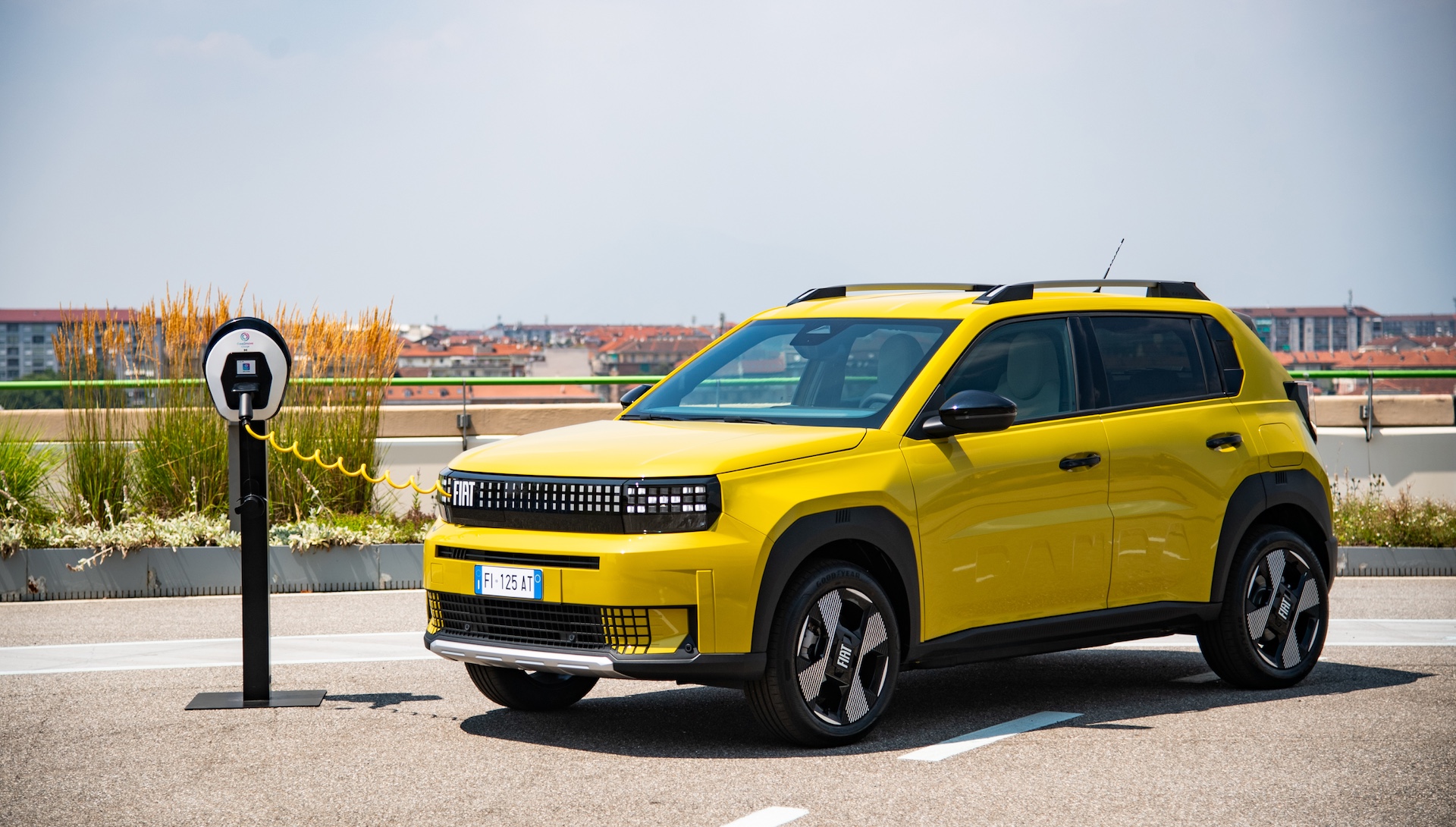The EV charging nightmare could soon be over – universal Plug-and-Charge protocol due for US rollout in 2025

- US Government has announced a new charging framework
- Next year, EV owners will simply be able to plug in and walk away
- Should end frustrating apps, RFID cards and payment processes
Charging electric vehicles in North America is about to get a whole lot easier next year, as the US Government's Joint Office of Energy and Transportation announced a common framework this week that will make ‘plug-and-charge’ commonplace.
Currently, the public charging network is frustratingly fractured, with various payment methods and sign-up processes required to initiate and pay for a charging session.
Lots of work has been done to make the process easier, with contactless payments now becoming more commonplace, but the entire act of plugging in and commencing an EV top-up can still be a rigamarole.
Today, automakers and charging companies are using their own authentication systems, which then have to communicate with the vehicle via a digital “handshake” before charging begins.
This not only primes the car for the charging session, but also typically requires a form of payment as deposit, before the final amount is deducted when the charge is finished.
This can be done through RFID cards if they are accepted, or by tapping a contactless bank card. In the worst-case scenario, it requires signing up to an official app, adding bank details and hoping everything communicates. More often than not, it doesn’t go to plan.
The Society Of Automotive Engineers (SAE), alongside a consortium of carmakers, charging companies and the Biden administration, have established a "Certificate Trust List Requirements” for the aforementioned businesses, as well as charging equipment manufacturers.
Sign up for breaking news, reviews, opinion, top tech deals, and more.

This ‘trust list’ builds on the existing international standard (ISO 15118), which spawned an official Plug & Charge protocol, which some manufacturers, such as Mercedes-Benz, Porsche, Audi and other models from the Volkswagen Group, have already adopted, alongside a select number of charging providers.
In this case, payment methods are stored in a vehicle’s infotainment system and this data is then sent to the charging outlet when the user plugs in. Theoretically, all they have to do is plug in and walk away, with all of the fiddly payment stuff handled by software.
Tesla owners have been able to do this for years, as the company took the decisive step to create its own charging network (Supercharger) in the early days of EV adoption. This means the company has been able to control all elements of the charging process.
But times are changing and a growing list of manufacturers are now able to use the Supercharger network.
The universal ‘trust list’ essentially adds another layer of protection to the existing ISO standard and allows multiple manufacturers to use any charging station that chooses to adopt the new protocol.
"This is a fundamental step in architecture toward enabling bidirectional charging and true vehicle-to-grid integration, the holy grail for energy and transportation,” Gabe Klein, executive director of the Joint Office of Energy and Transportation, said.
According to Inside EVs, testing for this new protocol begins next year, but there is no word on when the public rollout will happen.
Simplified charging, so long as providers get onboard

Although the previously mentioned SAE consortium includes major charging providers, like BP Pulse, ChargePoint, and Electrify America, as well as automakers like Ford, General Motors, Tesla, Rivian, Toyota, and BMW, the rollout of Plug & Charge still requires the buy-in from the growing number of charging service providers.
In the UK, at least, this still feels very disparate, with previously unknown providers popping up all the time, all of which have patchy payment processes. Charging on the highway is largely catered for by the big players, such as BP Pulse, Ionity and Gridserve, but things get confusing when you veer off the major roads and rely on local infrastructure.
Where I live, for example, Mer UK seems to have the monopoly on charging stations, but it also has one of the most confusing processes of them all. To cut a long story short, if you close the app during use, it’s sometimes impossible to end the charging session and disconnect your car.
Mer UK isn't the only provider on the naughty list, as I have lost count of those that don't accept RFID cards or contactless payments, while others use an app that's buggy, prone to crashing and massively confusing to navigate.
While Plug & Charge is undoubtedly a boon for EV owners, it requires the ever-increasing number of charging solution suppliers to buy into the process.
Hopefully, North America’s protocol will make this easier and eventually speed up adoption.
You might also like

Leon has been navigating a world where automotive and tech collide for almost 20 years, reporting on everything from in-car entertainment to robotised manufacturing plants. Currently, EVs are the focus of his attentions, but give it a few years and it will be electric vertical take-off and landing craft. Outside of work hours, he can be found tinkering with distinctly analogue motorcycles, because electric motors are no replacement for an old Honda inline four.